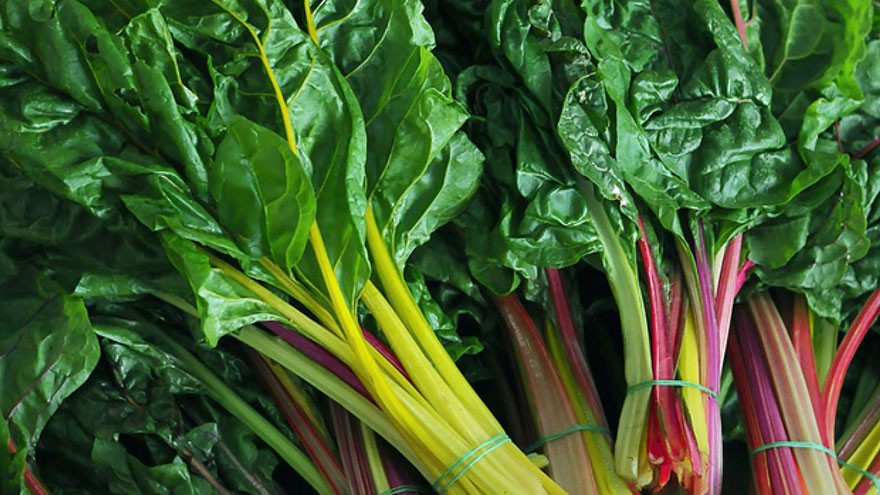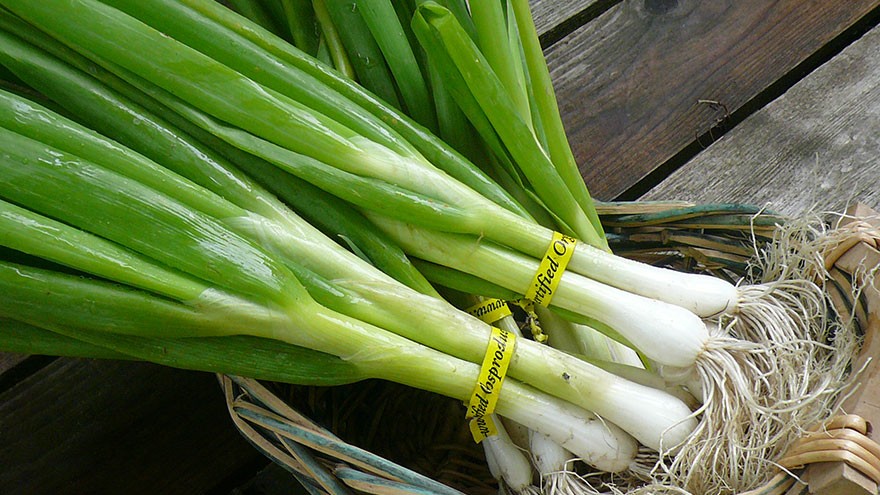Top 10 Spring Vegetables
Spring is a choice time to shop for in-season produce. From now until June, many excellent fruits and vegetables are at their peak.
And, as every great chef knows, choosing ingredients at their peak is one of the best ways to ensure your meals are delicious and nutritious.
Give them a try!
1. Artichoke
Fresh artichokes are not only delicious, they are packed with fiber, vitamin A, vitamin C, potassium, magnesium, and more antioxidants than red wine or chocolate.
Look for specimens with deep green leaves that hug the vegetable. Rub a couple of leaves; they should squeak a little. If the stems look dry or brown, the artichoke is past its prime.

2. Arugula
A great addition to salads, arugula is at its peak in the spring. A half cup of this tasty veggie has just 2.5 calories and is packed with vitamin C and potassium.
Look for young arugula, since the older leaves tend to be tough. Just before using, wash the leaves and pat them dry with paper towels.

3. Asparagus
Spring is by far the best time to eat asparagus. Young spring asparagus is tender. delicately flavored, and an excellent source of vitamin K, C, A, and folate.
When shopping, look for firm, bright green, asparagus stalks with plump tips that are tightly closed. Asparagus that’s dark or fading is past its prime. Remember, too, thick spears indicate young spring asparagus; the stalks of older, more bitter asparagus are thinner.
Read this blog post for more information about buying and preparing asparagus and try one of Our Deer’s asparagus recipes.

4. Avocado
Although avocado is available year round in most grocery stores, they are at their finest in the spring. Avocado is also something of a super food, containing 20 essential nutrients, including potassium, fiber, Vitamin E and Bs, and folic acid.
When purchasing avocados, it’s a good idea to bring them home a little hard. If allowed to sit at room temperature, they will fully ripen in 4 to 7 days. Once ripe, avocados keep in the refrigerator for a couple of days. Look for avocados without brown or black spots that give a little when you squeeze them.

5. Beets
Fresh beets are a colorful and nutritious addition to many spring dishes, including salads and roasts. They are a good source of folate, maganese, and potassium.
Select smooth and firm beets that are small or medium-sized. Smaller beets can be so tender they don’t require peeling before cooking. The greens may also be eaten, but they should be removed before storing.
For ideas on how to serve beets, see Our Deer’s beet recipes.

6. Chard
Swiss Chard is excellent in the spring, and a powerhouse vegetable. It’s a superb source of vitamin K, A, and C, manganese, magnesium, potassium, iron, and fiber.
Purchase chard that’s been chilled, or it will tend to be limp and less sweet. The leaves should be vivid in color and never yellow, brown, or wilted. The stalks should be crisp and without blemish. Store chard, unwashed, in the refrigerator. It can be blanched and frozen.
This week, try one of Our Deer’s chard recipes.

7. Fennel
With its slightly sweet flavor and crunchy texture, spring fennel is a great addition to many dishes. A good source of vitamin C and fiber, fennel is also a strong antioxidant.
Purchase fennel with firm, unblemished bulbs of a whitish or pale green shade. The green stalks should hug the bulb. If flower buds are on the stems, the fennel is overly mature and will have a bitter flavor. Fresh fennel should also have a gentle scent, smelling a bit like anise or licorice.
If you blanch fennel first, it may be frozen, but it tastes best if prepared and consumed within a few days of purchase.

8. Green Onions and Scallions
Green onions and scallions are interchangeable and are really just very young yellow or white onions. They are a good source of fiber, vitamin A, C, and K, folate, calcium, iron, and potassium.
Look for green onions with firm white bulbs and unblemished, unwilted greens.

9. Peas
Peas of most types are excellent in the spring. Packed with vitamin K, C, and B1, manganese, fiber, and folate, peas are excellent either raw or cooked.
When shopping for green peas, look for firm, smooth pods in a medium green color. Pods that are light green, deep green, yellow, speckled, or white are not worth eating. Shake the pods; they should rattle just a bit, indicating there isn’t a lot of empty space inside them. Snap peas should be crisp, and snow peas should be small.
For the best flavor, eat peas promptly or blanch them and freeze.

10. Spinach
Fresh spring spinach has the best flavor, and is packed with vitamin K, A, manganese, and folate. It’s also a great source of iron and vitamin C.
Select spinach with a deep green color. The stems shouldn’t be yellowed and the leaves should not be wilted. If the spinach is at all slimy, it’s past its prime.
Use spinach promptly; it keeps in the refrigerator for a couple of days if you don’t wash it beforehand.

Check out the video version of this article on YouTube

